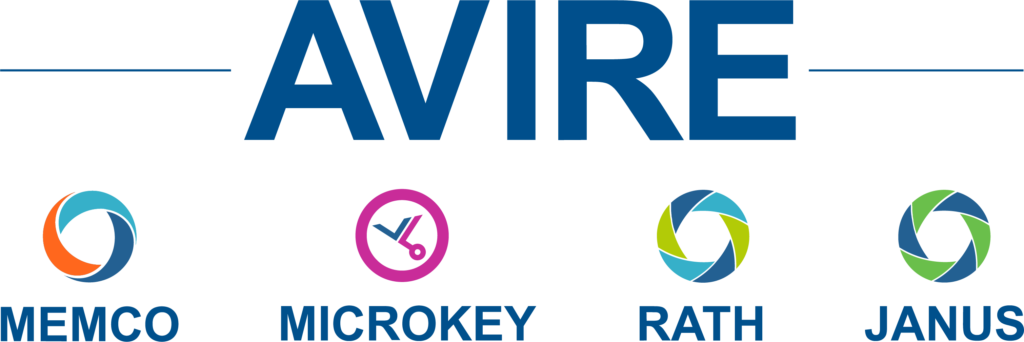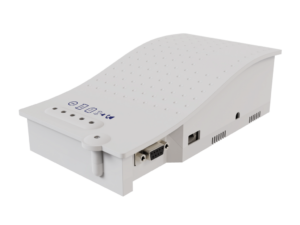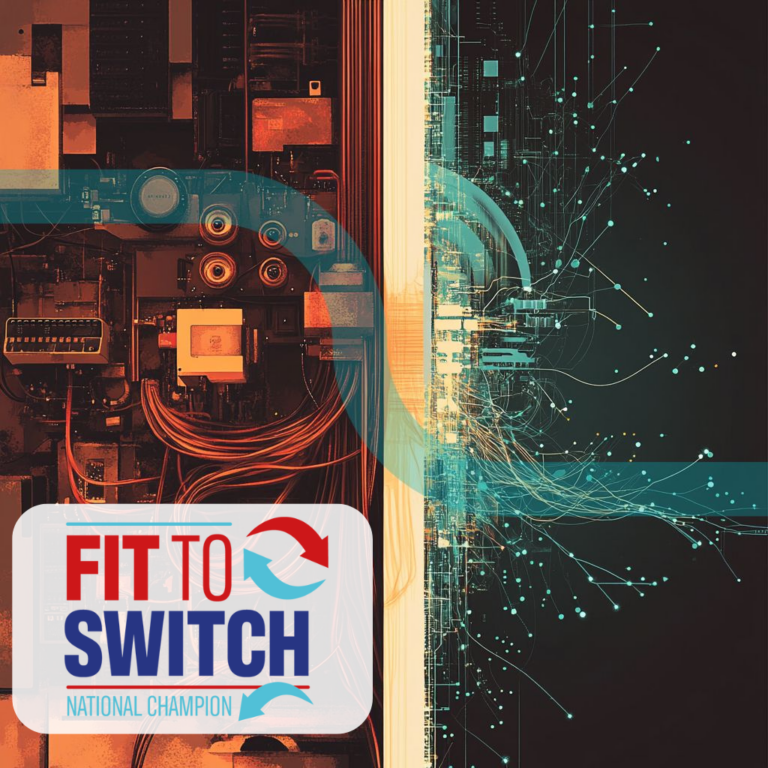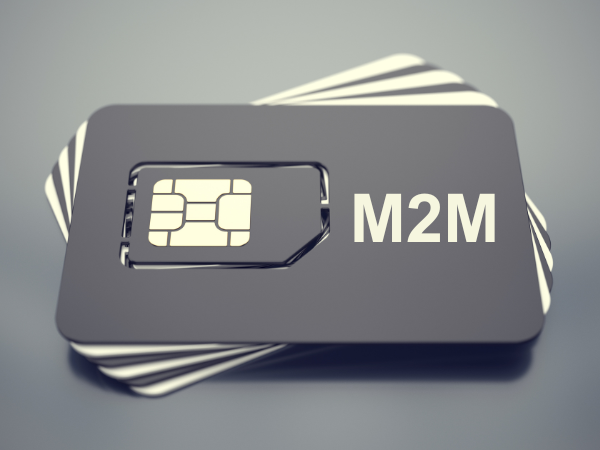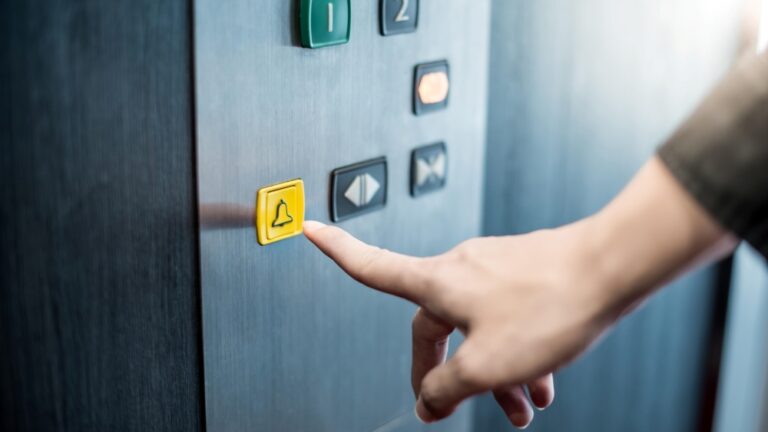Lift Emergency Phones
Elevator emergency phones with free access to the AVIRE HUB, for easy product configuration and remote monitoring.
Download files and resources
Categories

Fully Digital Solution
Main products

SENTINEL Lift emergency connection service
SENTINEL - The only UK pro-actively managed, resilient lift emergency connection service. Remove hassle and costs whilst fulfilling your obligations . With diagnostic health checks, fault resolution and lifetime provisioning, Sentinel is all you need to keep your lift connection resilient. Always.
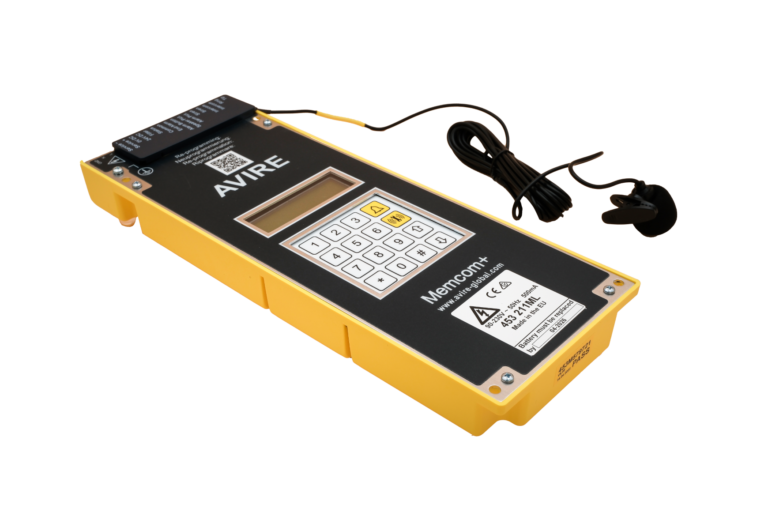
Memcom+ Lift Emergency Phone
The Memcom+ lift emergency phone is a high-quality, and reliable autodialler that provides trapped passengers quick and easy access to emergency assistance. The unit has a speaker, microphone, and backlit LCD for programming and status updates.
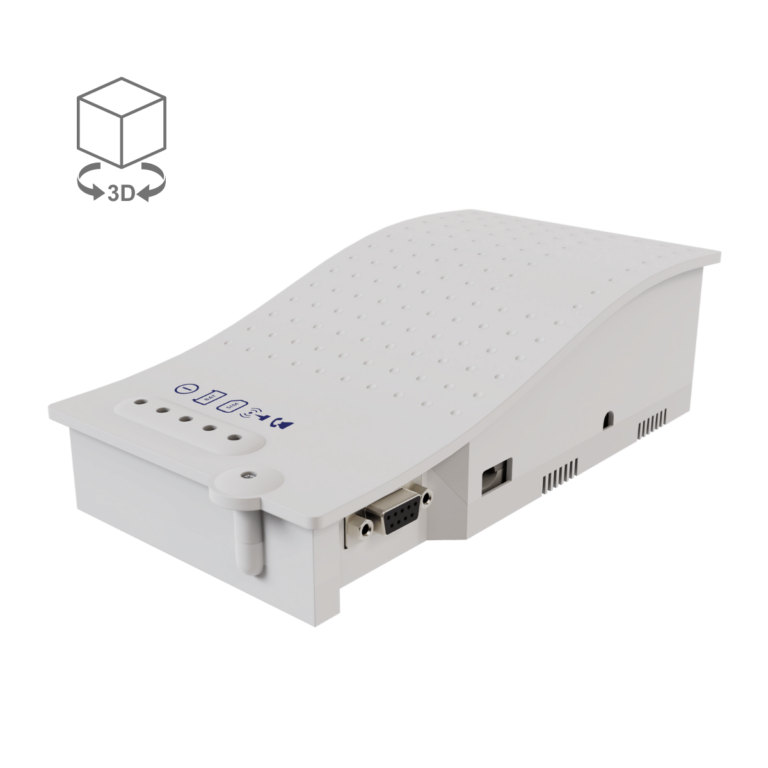
DCP Lift Digital Communication Platform
Bring your lift emergency telephone system into the digital age with the Avire Digital Communications Platform (DCP).
Accesories
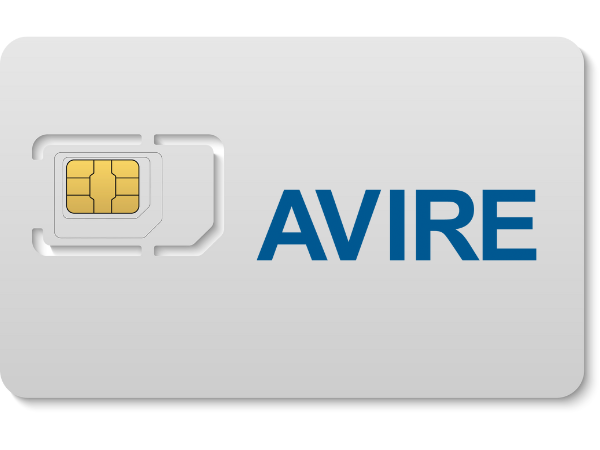
AVIRE M2M Lift SIM Card
The AVIRE Machine to Machine (M2M) lift SIM cards provide your lift with a reliable connection at all times. These cards connect automatically to all major network providers ensuring the strongest signal and won’t be disconnected due to low usage.
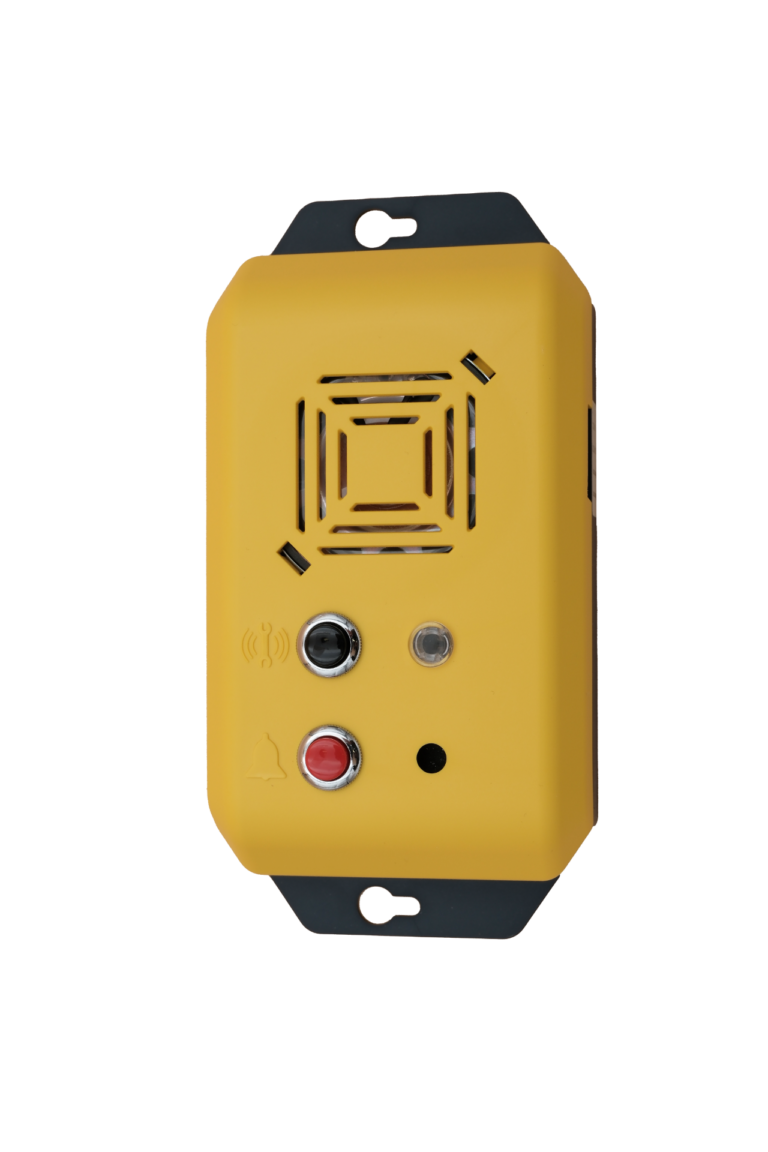
Memcom+ Accessories Multi Point Station MPS
For use during installation and commissioning, the lift Multi Point Station (MPS) provides emergency telephone points for the lift engineer in the shaft, pit, or machine room. The easy-to-install MPS has LED status lights and adjustable volume control.
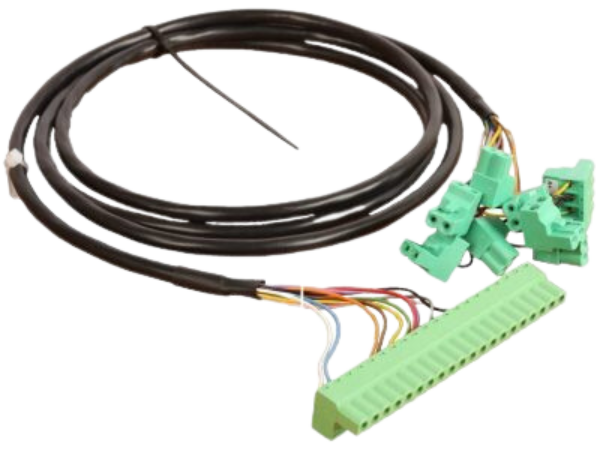
Memcom+ Accessories Wiring Looms
Connect Memcom products quickly, easily, and error-free with pre-wired looms, each with a wiring harness and clearly labelled connections. The wiring looms are compatible with leading lift manufacturers and are pre-wired into the Memcom terminal block.
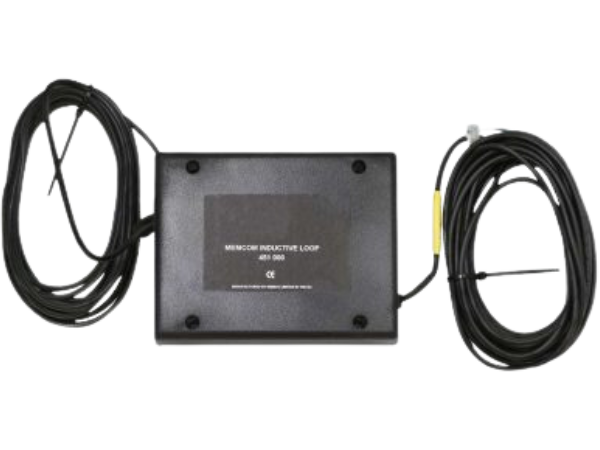
Memcom+ Accessories Inductive Loop
Ensure your lift complies with equal access legislation with an inductive loop that enables passengers with hearing aids to hear the response to emergency calls and operator instructions clearly.
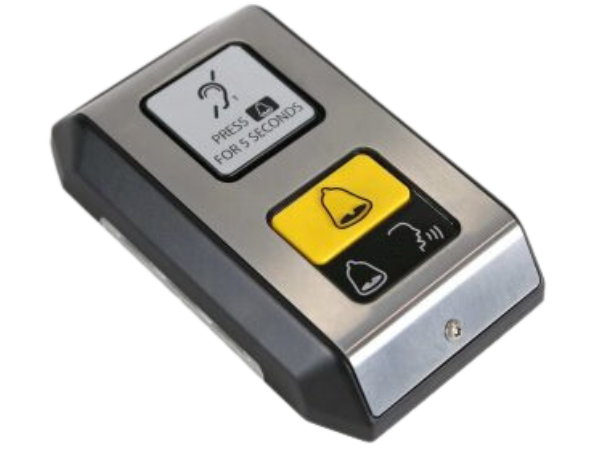
Memcom+ Accessories Surface Mount COP
A sleek and modern speaker and microphone for emergency calls, this lift surface mount for the Car Operating Panel (COP) is quick and easy to install. With back-lit colour pictograms, emergency lighting, and anti-vandalism security screw.
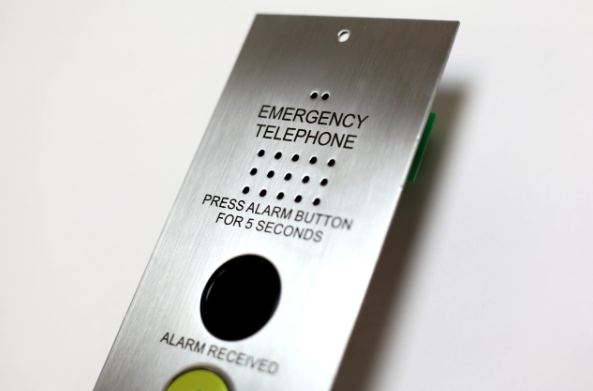
Memcom+ Accessories Flush Mount COP
The flush mounted Car operating Panel (COP) is designed to reduce the amount of modification required inside the elevator car, all COP accessories are delivered pre-wired to increase the speed of installation and reduce time spent on site.
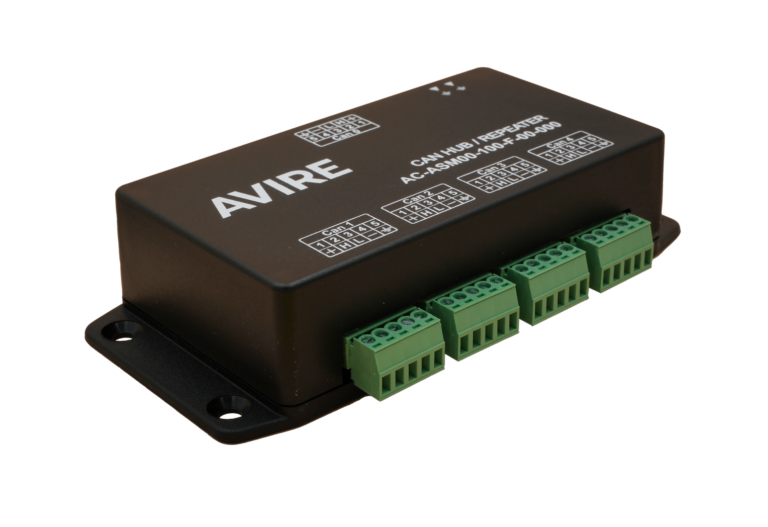
DCP Accessories CAN Bus Splitter
The CAN Bus is the ‘nervous system’ of the lift network, acting as an intermediate between one Digital Communication Platform (DCP) and multiple Digital Audio Units. Connect up to four CAN Bus lines with the MEMCO CAN Bus splitter, to simplify multiple-shaft or single-shaft installation wiring. The CAN Bus Splitter contains five CAN terminating resistors and does not require a power supply.
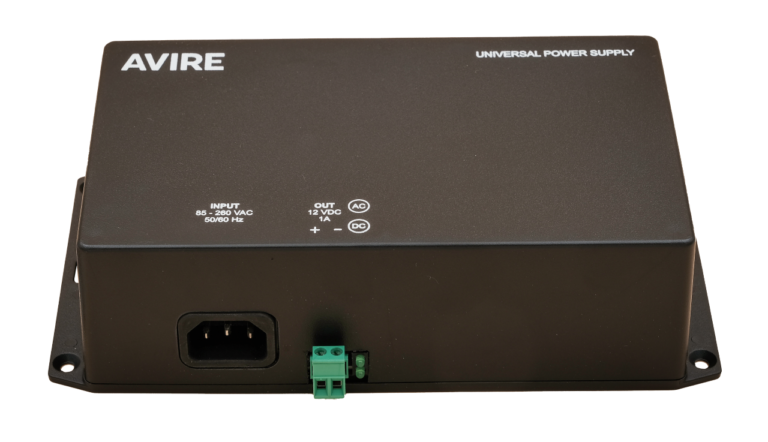
DCP Accessories Universal Power Supply
The MEMCO Universal Power Supply is mounted in the motor room and provides both 12VDC power and battery backup to support an extended CAN Bus system for the Digital Communications Platform.
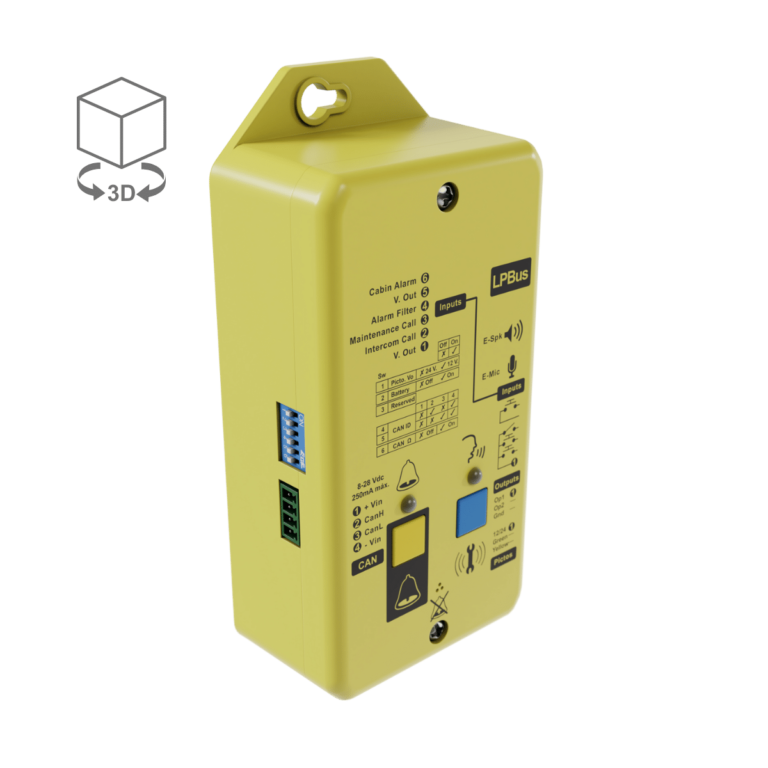
DCP Accessories Top of Car Digital Audio Unit
The MEMCO Top of Car Digital Audio Unit (TOC DAU), is a compact, affordable, and compliant emergency phone solution. It connects to the Digital Communications Platform (DCP), provides a TOC alarm point, an external speaker and microphone inside the lift car, and is ideal for lift groups.
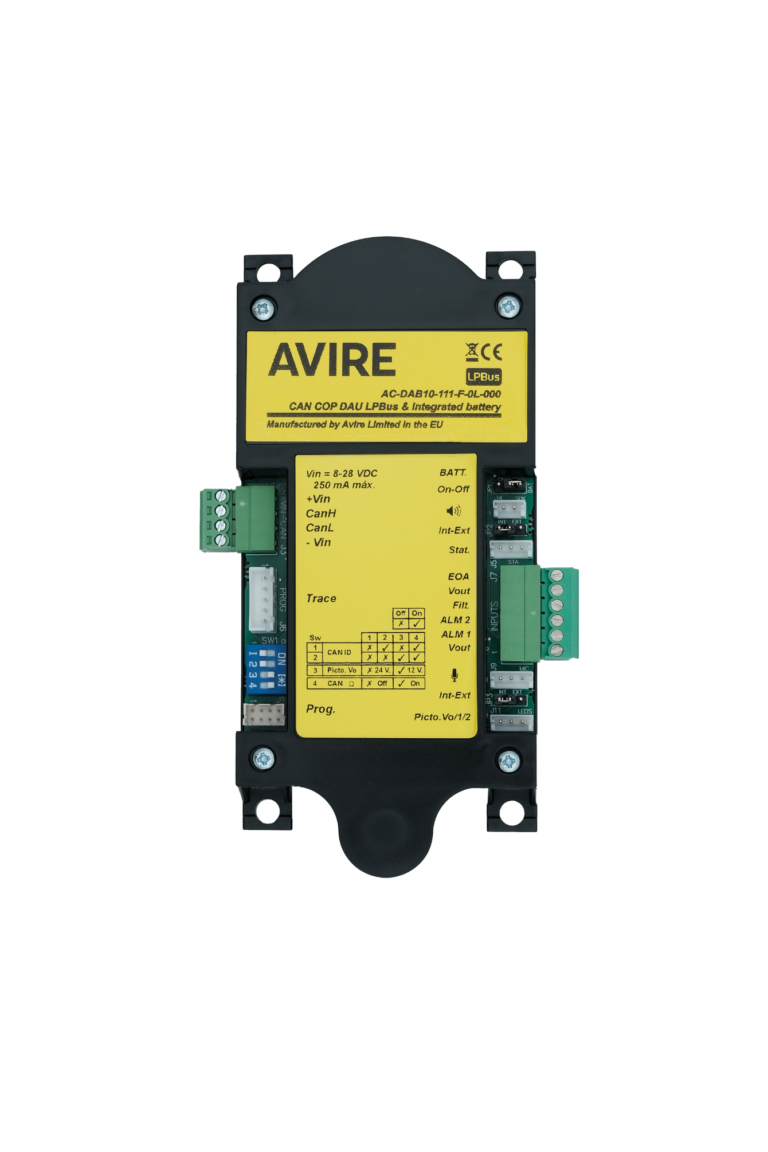
DCP Accessories COP Digital Audio Unit
An elevator audio unit that provides high-quality digital audio when installed with the lift emergency Digital Communications Platform (DCP). Mounted behind the Car Operating Panel (COP), the slimline COP DAU also has an integrated battery backup.
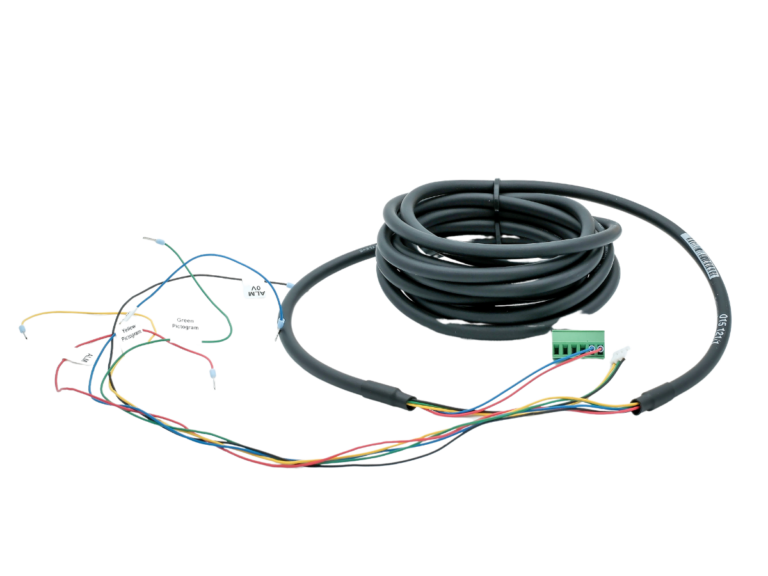
DCP Accessories Wiring Looms
Part of the MEMCO Emergency Communication System. Loom wire for the Car Operating Panel Digital Audio Unit (COP DAU) as well as the Top of Car Digital Audio Unit (TOC DAU). Compatible with OEM.
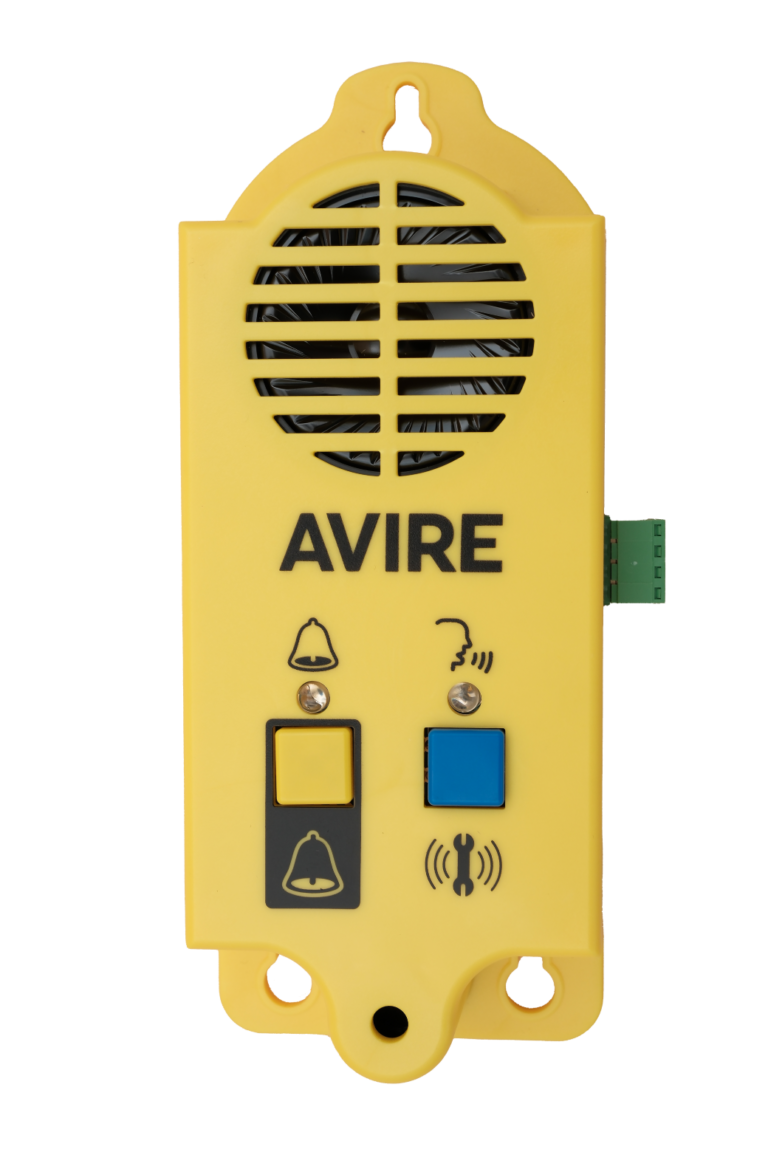
DCP Accessories Pit Phone Digital Audio Unit
The MEMCO PIT Digital Audio Unit is a pit phone unit that is mounted in the pit of a lift shaft, to provide an emergency communication point when connected to the DCP. It has an emergency battery backup and a yellow casing for visibility.
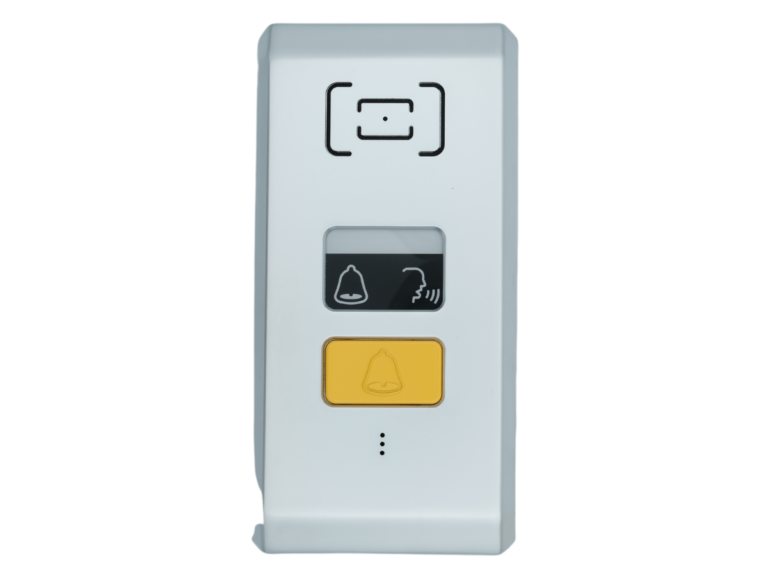
DCP Accessories Surface Mounted Audio Module
The slimline MEMCO Surface Mounted Audio module is mounted on the Car Operating Panel (COP), with easy install connection to the Digital Audio Unit (DAU), providing high-quality digital audio.
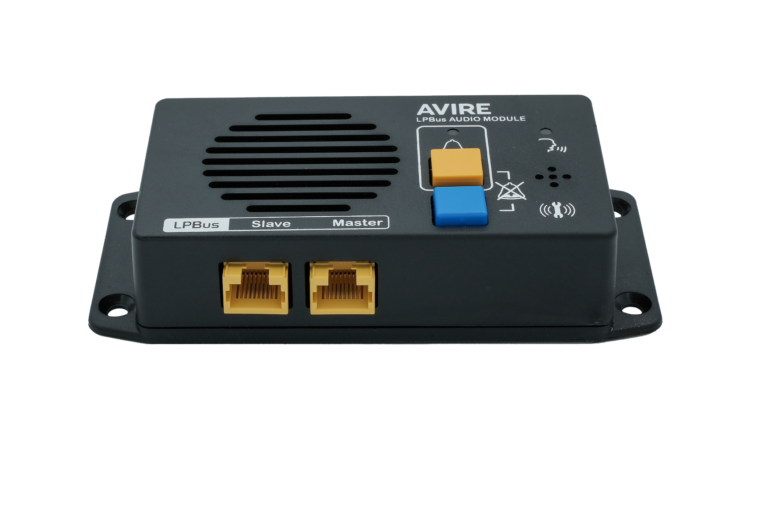
DCP Accessories Triphony Unit
The Triphony Unit is a digital audio module, powered via digital audio units (DAU), that can be used with the Digital Communications Platform (DCP) for internal or external emergency lift communication. It can be installed on the top or bottom of the lift car.
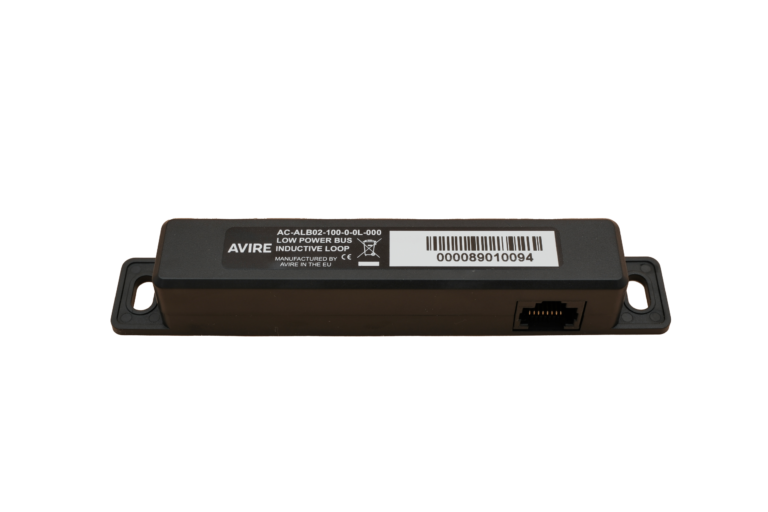
DCP Accessories Inductive Loop
The MEMCO Inductive Loop transmits a clear audio signal directly into the hearing aid of hearing-impaired passengers, ensuring compliance with EN81-70. Can be fitted behind COP (even retroactively), with a LPBUS connection to the DAU.
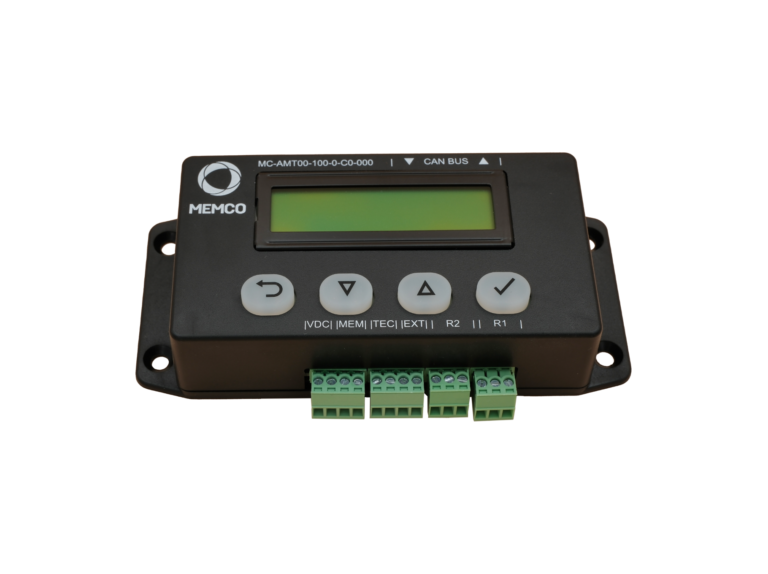
DCP Accessories Lift HAWK
Remote lift monitoring reduces false and costly engineer callouts. The compact lift sensor monitors lift movements. To identify possible issues, the self-learning system identifies low-activity periods to autonomously perform tests.
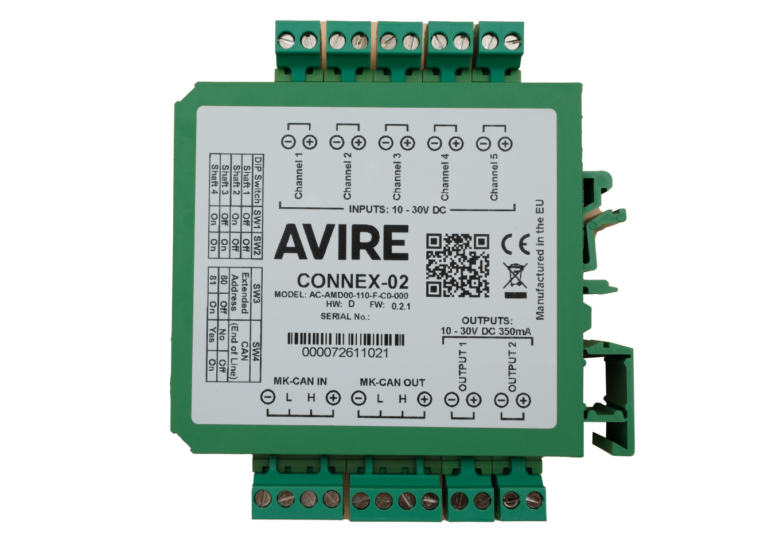
DCP Accessories Connex-02
The Connex-02 is a remote lift control module that, with the DCP, provides lift monitoring via the AVIRE HUB. User-defined inputs and outputs enable monitoring of service or maintenance status, engineer on-site duration, door cycles, and more.
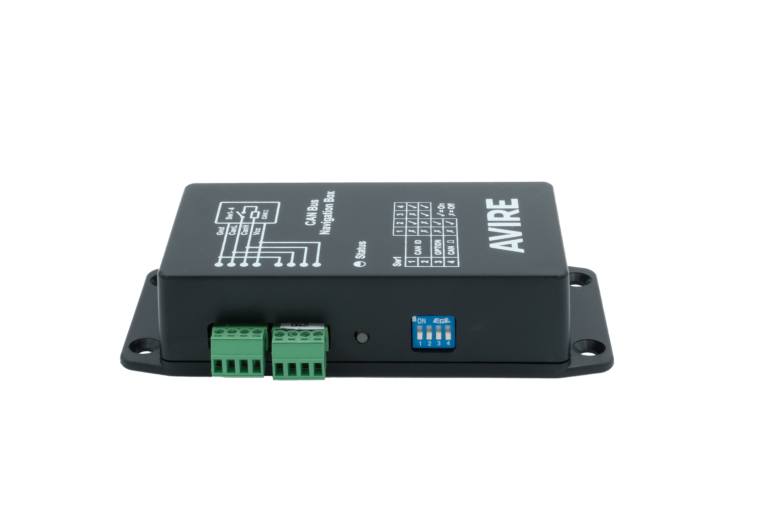
DCP Accessories Navigation Box
A smart sensor that provides insights into lift journeys. The lift Navigation Box helps building owners and maintenance providers make informed, data-driven decisions on the timing of essential maintenance to reduce malfunction and downtime.



